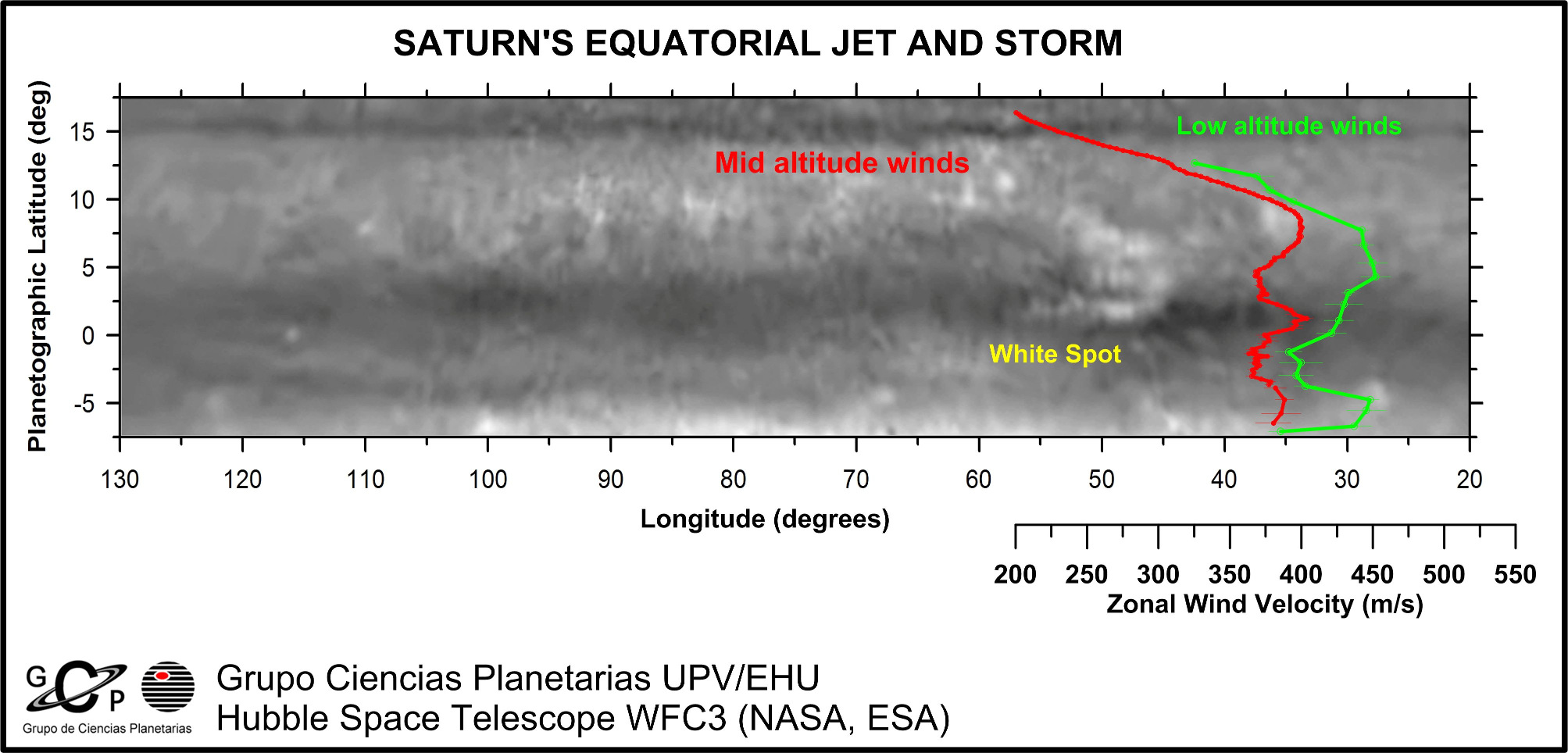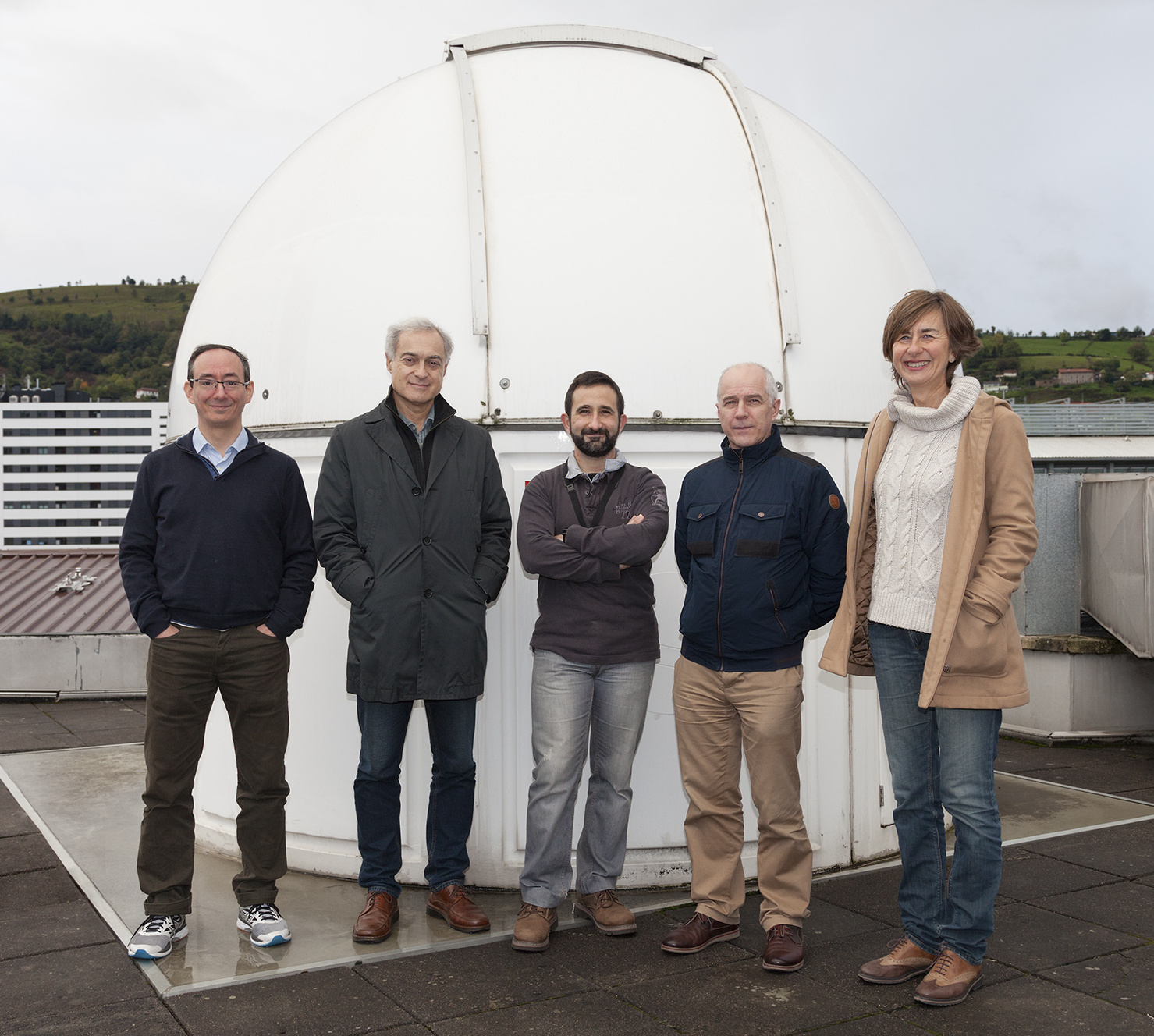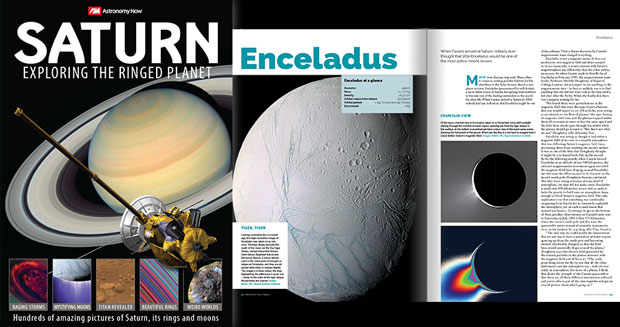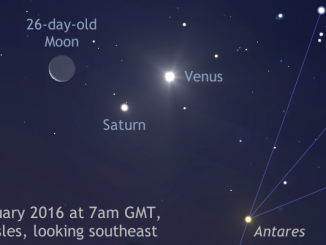
This huge jet stream also extends about 70,000 kilometres (43,500 miles) from north to south, more than five times the size of our planet. There is as yet no theory capable of explaining the nature of this stream nor the sources of energy feeding it. Back in 2003, the same team warned in an article published in Nature of the drastic reduction in winds on the cloud level with respect to what had been observed when the Voyager space probes visited the planet.
“In June last year, using a simple 28-cm telescope belonging to the Aula EspaZio Gela (Space Lecture Room), we discovered the presence of a white spot on Saturn’s equator that was moving at speeds of 1,600 km/h (1,000 miles/hour), a speed that had not been observed on Saturn since 1980,” said Agustín Sánchez-Lavega, lead author of the work and also director of the Aula EspaZio Gela and Planetary Sciences Group of the UPV/EHU-University of the Basque Country. Observations obtained a month later by members of the Planetary Sciences Group using the PlanetCam camera developed by this team and fitted to the 2.2-metre telescope at the Calar Alto Observatory in Almería (Spain) enabled the speed of this atmospheric structure to be confirmed. Images obtained by observers in other countries using small telescopes were also used in the study.
By studying the movement of the clouds that formed the white spot (an enormous storm of about 7,000 kilometres, or 4,300 miles) and of those present in its surrounding areas, the researchers were able to obtain new, valuable information about the structure of the planet’s huge equatorial jet stream. Furthermore, the researchers established the heights reached by the different atmospheric structures and determined that the winds increase dramatically the lower they go. They reach speeds of 1,100 km/h (680 miles) in the upper atmosphere, but achieve up to 1,650 km/h (1,025 miles/hour) at a depth of about 150 kilometres (90 miles). Furthermore, while the deep wind is stable, in the upper atmosphere the speed and width of the equatorial stream are highly changeable, perhaps due to the seasonal insolation cycle on Saturn, and their intensity is increased by the changing shadowing of the rings above the equator.

“All these phenomena occur on a different scale to a certain extent on our own planet. So by studying them in this way in other worlds in totally different conditions we can make progress in understanding and modelling them,” concluded Sánchez-Lavega.
The team’s paper was recent published in Nature Communications and is available online.
Saturn: Exploring the Ringed Planet
Find out more about Saturn and its moons in this 196-page special edition from Astronomy Now. [geot exclude_region=”US” ]Order from our online store.[/geot][geot region=”US” ]Order from our online store.[/geot]




